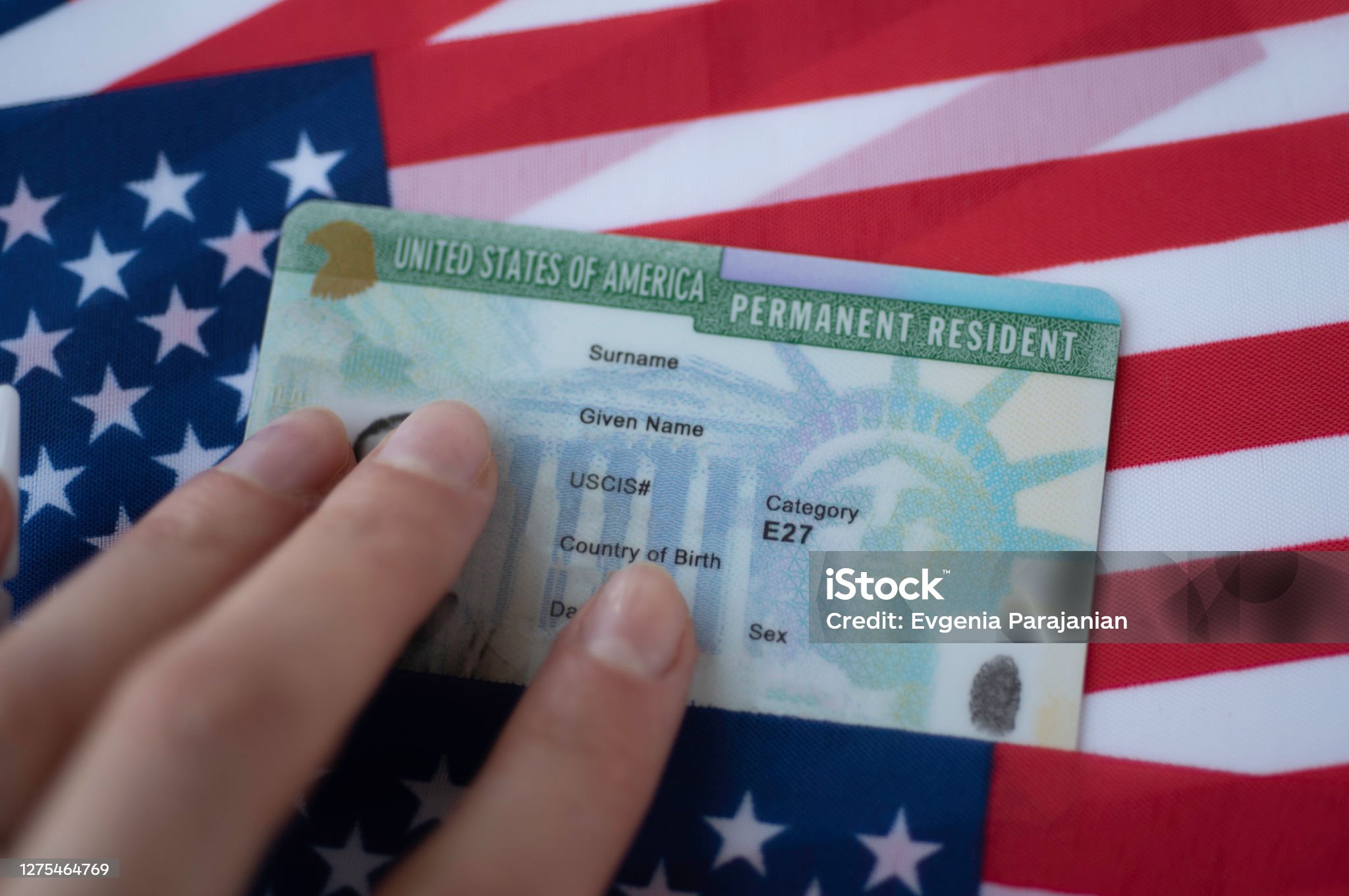Advancements in Secure ID Technology and Biometrics in the Modern World
Advancements in Secure ID Technology and Biometrics in the Modern World
Blog Article

1. Overview of Identification Documents
Personal identification documents hold great importance from both personal and social perspectives. Serving as "permissions" and "access tools," these documents ensure smooth societal operations. Various types of identification documents exist, with each fulfilling a unique role. Take, for instance, a copyright, which authorizes one to operate a vehicle, and a copyright, which acts as proof of citizenship and permits border crossings. These documents are highly valuable on a personal level and are key to completing various contracts, for example, to get a job, to access services, to buy insurance, or to rent a car. Many times, financial institutions might request to review these documents if the borrower appears unreliable or does not have a very strong credit history. Such identification serves dual purposes: proof of identity and legal authorization for various activities.
Historically, identification documents did not hold as much importance in daily affairs as they do today. The importance of these documents has grown alongside changes in security measures and legal requirements. Technological advancements have permitted the development of security systems that far exceed the ID technologies currently available to consumers. Many countries are in the process of standardizing their IDs with biometric technology. A few countries have already put electronic exit systems into practice.
A person's identification documents serve as a formal confirmation of their legal standing. The "real identification" recognized documents worldwide include passports, copyright, copyright, and driver's licenses, at both global and national scales. People often securely store their critical identification documents so that they can readily access them at a moment's notice.
In this discussion, we highlight the importance and authenticity of various documents, including IDP, Real ID, copyright, copyright, copyright, and resident permits, aiming to educate on their relevance. Both educators and the public should be familiar with these documents, as this information could prove valuable in safeguarding or recovering lost documents. The content here is designed to inform both national and international readers about the most critical documents they need for personal understanding and practical use.
2. Legal Framework and Regulations Governing Identification Documents
The governance of identification documents is subject to varying laws and regulations across different jurisdictions. Documents are issued to individuals by authorized bodies, following strict guidelines meant to preserve their accuracy and integrity. In some cases, identification documents are compulsory, while in other cases they serve as forms of verification or validation. It is the responsibility of the individual to follow the rules of the jurisdiction that governs the use of the document. In conclusion, individuals should familiarize themselves with the local legal requirements in any jurisdiction where they intend to use such documents or perform transactions. For the most part, government agencies at the state or local level issue, regulate, and restrict certain documents for use in certain transactions.
The varying requirements of each jurisdiction and reasons for identification documents, however, can conflict with the need to travel and conduct business on an international level. It is, therefore, a global concern when people feel wholly alienated when they travel from one country to another and do not comprehend the rules and regulations regarding identification documents. While it is impractical to outline all the specific regulations from each country, it is crucial to recognize that with 200 countries and billions of travelers, knowing these rules is essential for global business and travel. Failure to follow these rules could lead to legal issues in another country, requiring adherence to international and reciprocal laws. Failure to comply could cause legal implications, both civil and criminal, by infringing on laws about identity, privacy, commerce, trade, and human rights.
The balancing of public policies with protected rights is often challenging when determining security guidelines for travel identification documents. That is, human rights can be at odds with public policies that demand strict identification measures to prevent terrorism. In recent years, the introduction of digital mobile driver’s licenses has led countries to either update or create new laws and regulations that go beyond just technology, as this field continues to evolve. The next frontier for global travel is believed to be the use of digital identification for global travel. Despite the shift towards mobile driver’s licenses, the use of passports is expected to persist well into the future. 
Both the standardization and evolution of digital IDs and mobile driver licenses are continuing to develop. Take California as an example: two years after passing its mobile copyright law, stakeholders are now ready to agree on formal rules for the first state-endorsed mobile license.
3. A Comparison of International Driver’s License, Real ID, copyright, copyright, copyright, and Resident Permit
The International Driver’s License is a document issued for people traveling internationally to drive legally. Neither the United Nations nor the International Non-Governmental Organization designed the International Driver’s License for the purpose of traveling between states.
The Real ID, is mainly used as a form of identification acceptable for boarding domestic flights, alongside state driver’s licenses and identification cards produced by states and territories following a national standard. In addition to domestic travel, the Real ID grants access to federal facilities and nuclear power plants. However, the Real ID is not a travel document, copyright, visa, or resident permit. Even though some individuals could use it overseas for identification or birth date verification, its main function is for domestic use.
More specifically, passports in the U.S. are considered a primary form of identification, not a derived one. Passports were developed to ensure citizen safety abroad and aid in travel for diplomatic reasons, treaty negotiations, or international matters of concern. This is the copyright’s formal and administrative role. Of course, the copyright can also be used for bureaucratic or private matters. In order to travel abroad, especially across state borders, but in some states inter-regionally, the traveler must not only be fit to carry a copyright but also meet many other requirements.
The copyright is a record issued at the time of birth and is used as a means to obtain a copyright and other forms of identification. When comparing the two, copyright and passports may seem to have the same general function. That said, a copyright provides extended functions beyond its initial use. Also, even if used to obtain a copyright, a copyright cannot lead to obtaining a “second copyright”. A copyright does not influence the acquisition of a second copyright unless the individual plans on obtaining an illegal second nationality.
4. Anti-Fraud Mechanisms and Security Features in Identification Documents
Various security features are implemented to prevent forgery, tampering, and fraudulent activities. For example, many ID cards and documents contain security components such as holograms, multi-layer images, and laser engraving. Other cards may feature RFID chips that store digital images and biometric data.
Many security features are covert or semi-covert, like special inks or designs, watermarks, and microtext. All these features are intended to ensure that ID documents are difficult to copyright. 
Typically, the security level of an identification document is proportional to the level of trust it is expected to carry. For instance, a copyright doesn’t need the same high-level security features as a copyright, which is primarily used for international travel.
Advances in technology have driven the creation of more advanced security elements for ID documents. It is important to actively promote and adapt new security features and issuance practices whenever possible to stay ahead of potential counterfeiters and fraudsters.
Additionally, constantly assessing existing and new security features and issuance techniques is critical. This evaluation ensures that identification security systems remain strong in the face of new and advancing threats.
Furthermore, an effective anti-fraud document security program should focus on proactive as well as reactive strategies. Proactive measures might include training programs, public information efforts, security seminars, and public service announcements.
5. Final Thoughts and Emerging Trends in Identification Document Technology
This article examines the diverse forms of identification documents found around the world. Identification documents should be understood not only in terms of technical aspects like security features but also through the legal frameworks supporting their use in courtrooms.
My research shows different attitudes to the way a good document might be and how the value of the verification tool is variable according to the circumstances of where the document should be used. Additionally, ethnography could illustrate how varying cultural perspectives influence the concept of an ideal identification document. Comparison studies shed light on how identification document legitimacy can differ, even among countries with similar systems.
Future trends in identification documents are being transformed by new digital and technological advances. Digital technology is consistently improving the security and service potential of secure documents like electronic IDs (eIDs), in line with the widespread use of mobile devices. The main landmarks in this new convergence include biometrics and blockchain technology, particularly for distributed ledger use.
Biometrics and its “liveness” function will capture biometric data during direct interaction with the enrolling authority, ensuring identity accuracy and reducing the risk of digital identity fraud. It will go beyond our basic human rights recognized by international law and several constitutions. This access must remain as private as possible and the subject of consent.
The spread of digital identity can also lead to issues related to exclusion. Not everyone has easy access to a digital identity in the first place. Some already speak of an “identity gap” widened by technology, which creates disparities in access to identity Real ID verification needed for participation in various societal sectors.
There should be more detailed comparisons between digital identity systems and physical IDs. Besides verifying identities, digital identity systems also play a role in evaluating risk for a range of transactions. Further research is needed to explore how offline verification rights translate into the digital identity space.